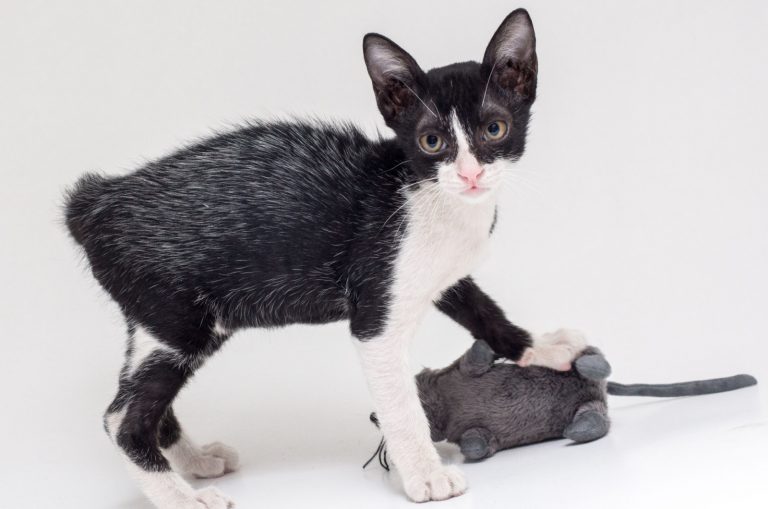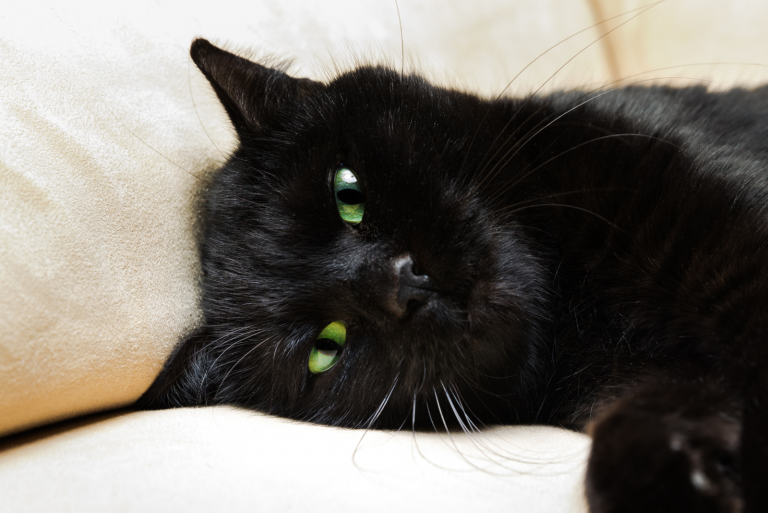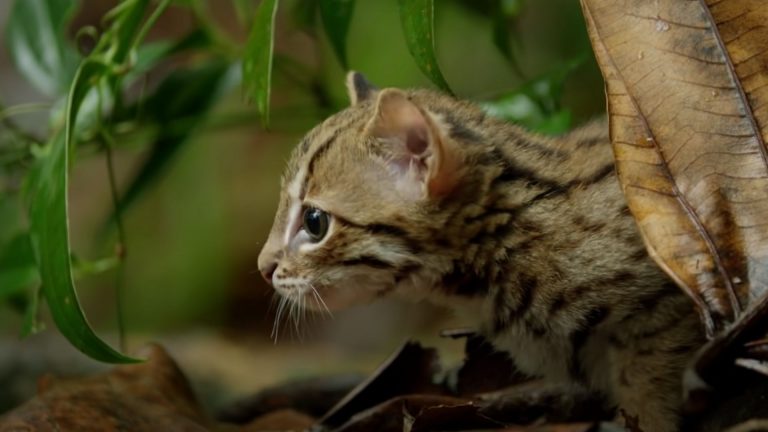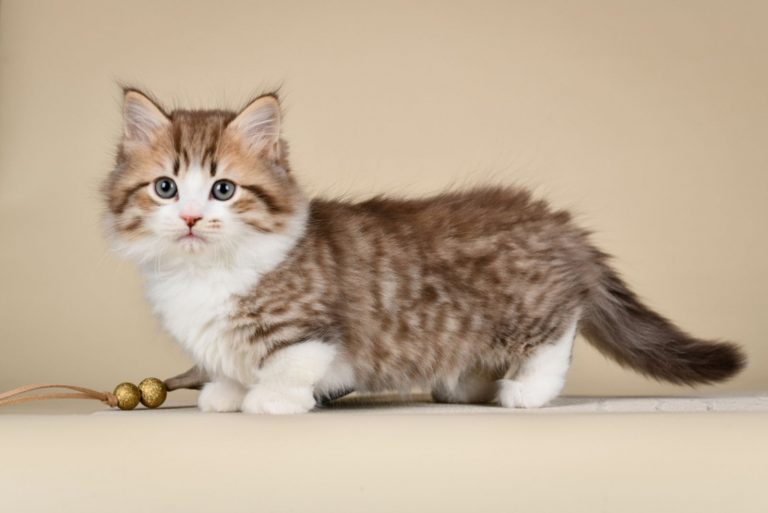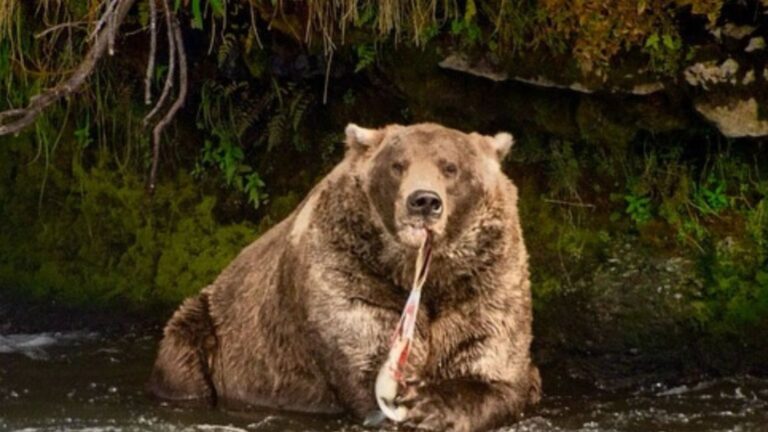Geneticists Revive And Bring Back A Nearly Extinct American Species

Scientists have achieved what once seemed impossible – bringing back a nearly extinct American species through genetic technology. The black-footed ferret, once declared extinct in the wild, received a second chance through revolutionary cloning techniques.
This groundbreaking achievement not only saved a species from the brink of extinction but also opened new possibilities for conservation efforts worldwide.
Historic Cloning Milestone
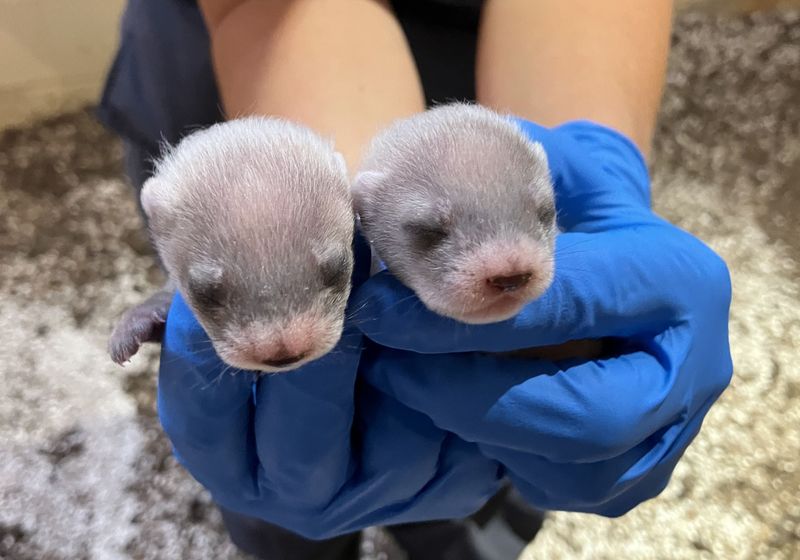
Elizabeth Ann made history on December 10, 2020, becoming the first-ever cloned black-footed ferret. Her birth represents a revolutionary breakthrough in wildlife conservation.
Scientists had been working toward this moment for decades, hoping to expand the genetic diversity of this endangered species. Elizabeth Ann’s successful cloning proves that biotechnology can help save animals from extinction.
Genetic Material From Willa
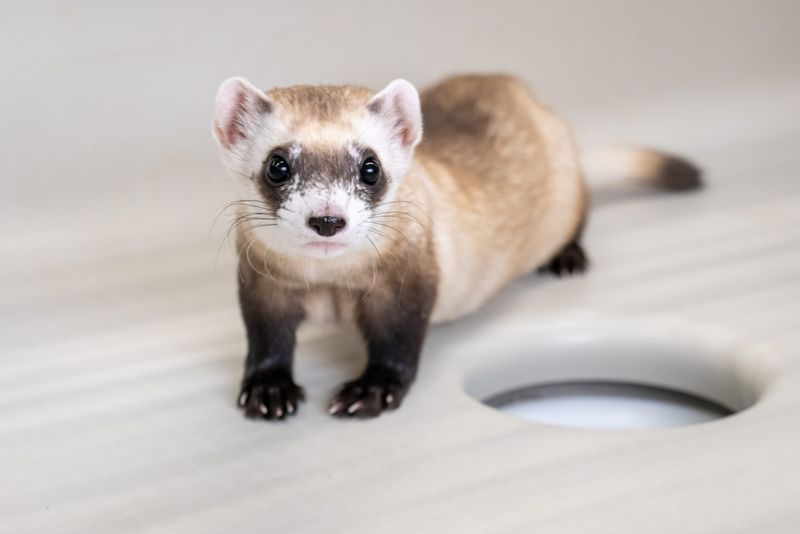
Frozen for over 30 years, Willa’s cells held the key to expanding the ferret gene pool. This wild-caught female died in the 1980s, but her genetic material remained safely preserved in the San Diego Zoo’s Frozen Zoo.
Scientists extracted DNA from these cells to create Elizabeth Ann. Willa’s genes represent genetic diversity not found in today’s ferret population.
Part Of A Broader Conservation Effort
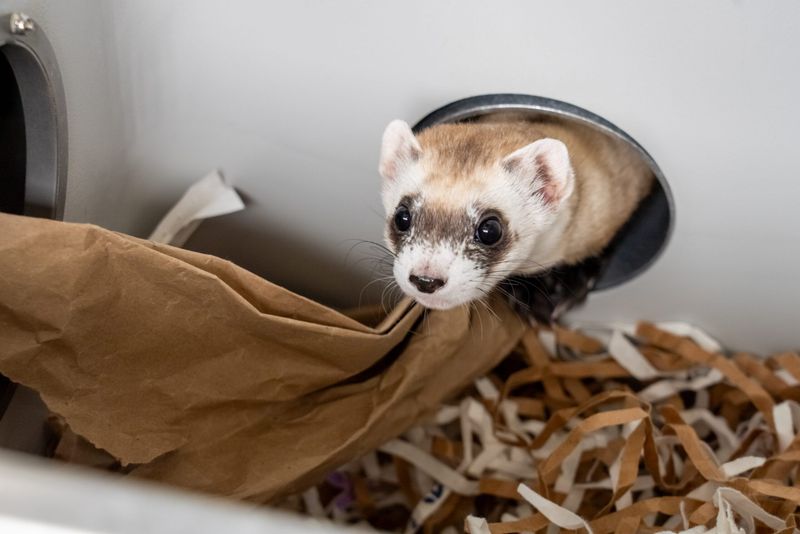
Multiple organizations joined forces to make this miracle happen. Revive & Restore led the initiative alongside the U.S. Fish and Wildlife Service, providing crucial expertise and resources.
The San Diego Zoo Wildlife Alliance contributed preserved genetic material, while ViaGen Pets & Equine handled the technical cloning process. This collaborative approach shows how different specialists can unite for conservation.
Addressing Genetic Bottleneck
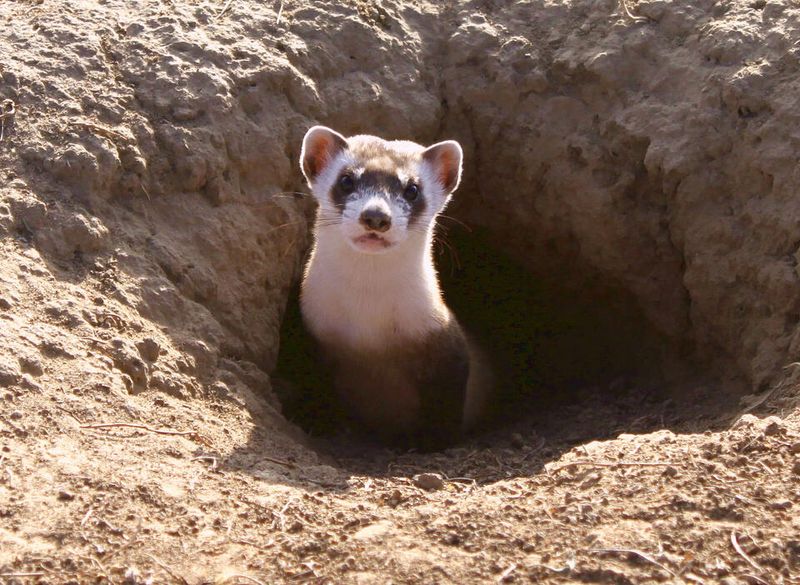
Imagine trying to save a species with just seven individuals! That’s exactly what happened with black-footed ferrets in the 1980s when they nearly vanished forever.
All modern ferrets descend from these seven survivors, creating dangerous inbreeding problems. Willa’s preserved cells offered fresh genes to strengthen the population, potentially reducing disease susceptibility and boosting reproductive success.
Cloning Process Details
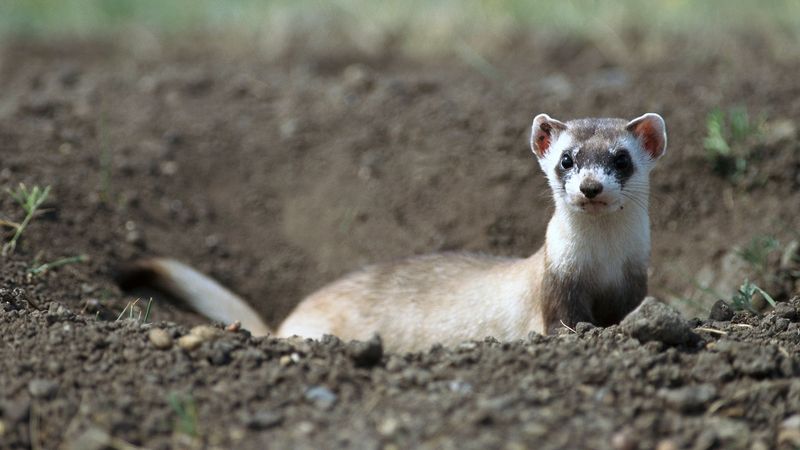
The scientific technique behind Elizabeth Ann’s birth sounds like science fiction! Scientists used somatic cell nuclear transfer (SCNT), a complex procedure requiring incredible precision.
First, they extracted the nucleus from one of Willa’s preserved cells. Then they placed this nucleus into a domestic ferret egg cell whose own nucleus had been removed. This reconstructed embryo developed into Elizabeth Ann.
Birth Location
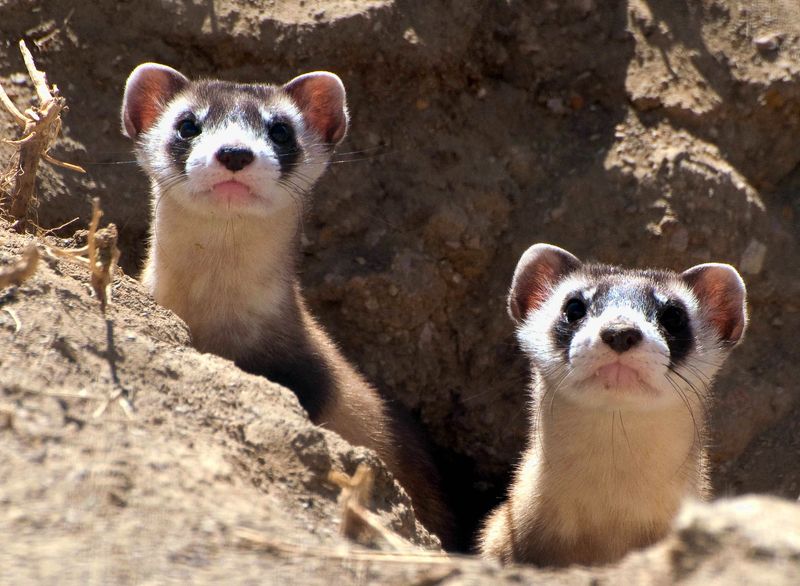
Colorado’s National Black-footed Ferret Conservation Center welcomed its most famous resident when Elizabeth Ann arrived. This specialized facility serves as headquarters for the species’ recovery program.
Here, dedicated staff monitor every aspect of ferret breeding and care. The center maintains ideal conditions for these specialized predators, from temperature-controlled environments to proper nutrition and enrichment activities.
Health Status
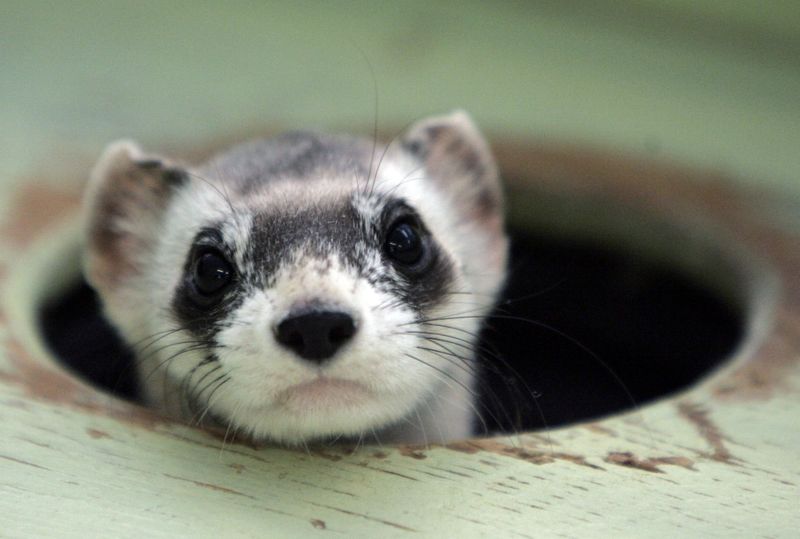
Bouncing with energy and curiosity, Elizabeth Ann has thrived since birth! Her caretakers report normal development patterns matching those of naturally-born ferrets.
She displays typical hunting instincts and social behaviors essential for her species. Regular health assessments confirm she’s developing properly, giving scientists confidence in the cloning technique’s viability for conservation purposes.
Reproductive Challenges
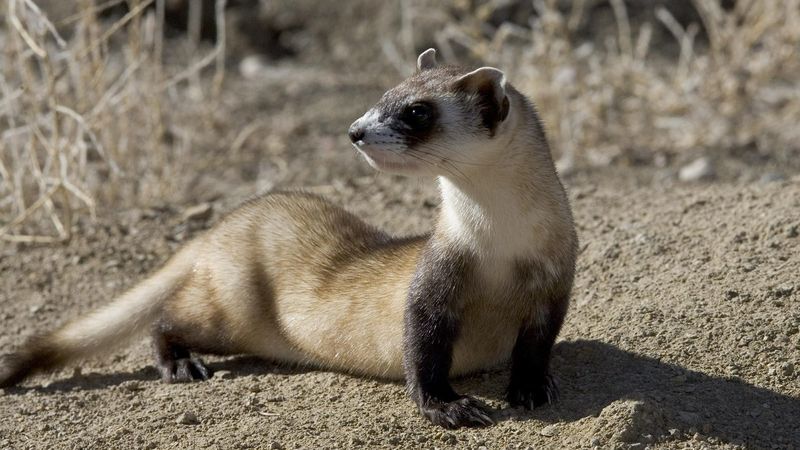
A health setback occurred in 2022 when Elizabeth Ann developed hydrometra, a condition where fluid accumulates in the uterus. Veterinarians performed a necessary hysterectomy to treat this problem.
Though this ended her reproductive potential, it’s actually a common issue in female black-footed ferrets. The knowledge gained from treating her will help veterinarians better understand reproductive health in the species.
Not Intended For Wild Release
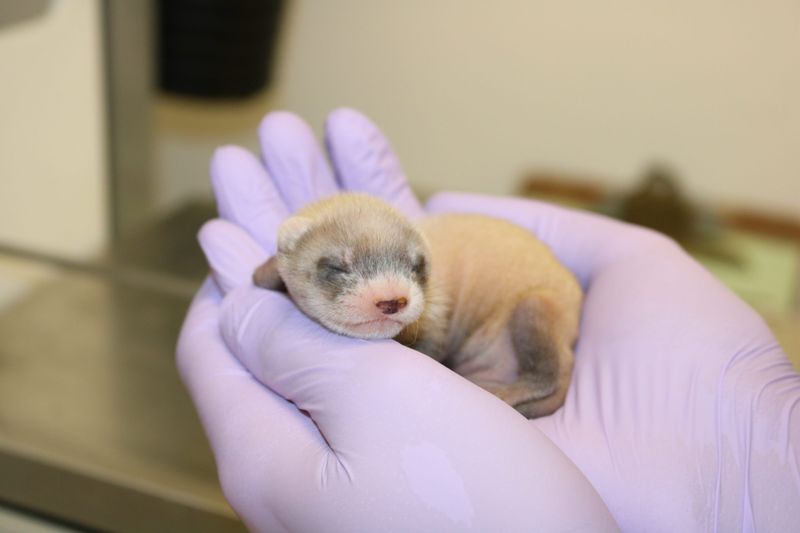
Unlike other captive-bred ferrets, Elizabeth Ann won’t be bounding across the prairie anytime soon. Her purpose lies in the controlled breeding program where scientists can carefully monitor her contributions.
This approach allows researchers to study her unique genetics in detail. Any offspring she might have had would undergo extensive evaluation before potentially joining wild release candidates.
Advancing Cloning Technology
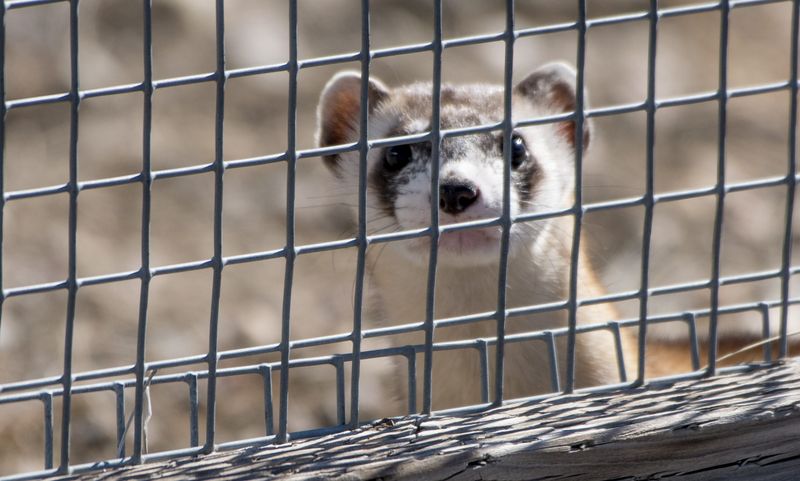
Elizabeth Ann’s birth represents more than saving one species – it’s revolutionizing endangered species conservation worldwide! The techniques perfected during her creation can help save other animals facing extinction.
Scientists gained valuable experience in handling preserved genetic material and optimizing cloning procedures. Each success builds knowledge that makes future cloning attempts more likely to succeed, potentially saving countless endangered species.
Inspiring Global Conservation Efforts
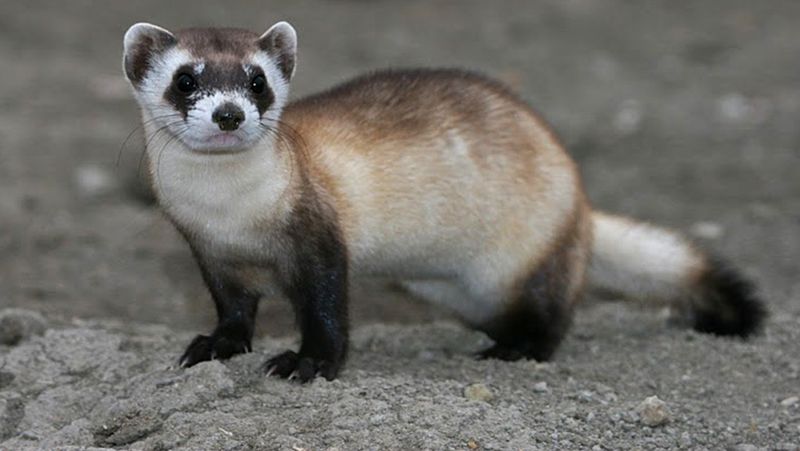
From Australia’s Tasmanian devil to Spain’s Pyrenean ibex, conservation teams worldwide are studying Elizabeth Ann’s success story. Her birth sparked renewed interest in using biotechnology to save critically endangered animals.
Conservation organizations previously hesitant about cloning now consider it a viable option. This shift in perspective could lead to more funding and research for similar projects, creating a ripple effect across global conservation efforts.
Ongoing Monitoring And Research
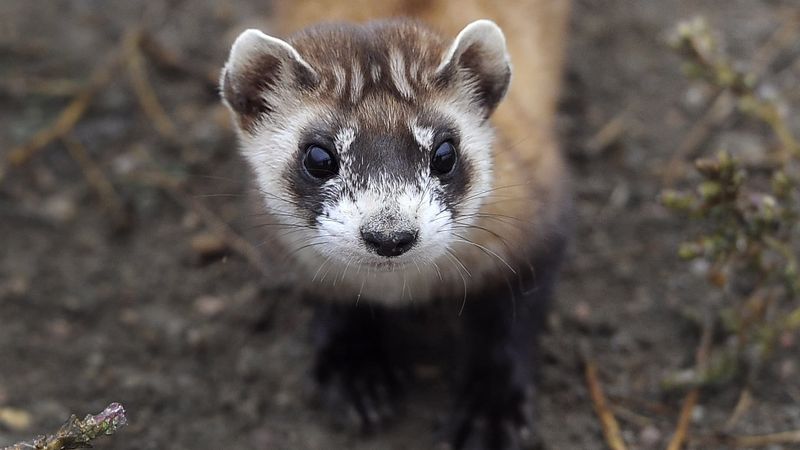
Elizabeth Ann’s journey continues as scientists track her development through every life stage. Each day provides valuable data on how cloned animals compare to naturally-born counterparts.
Researchers regularly collect biological samples to analyze her immune function and overall health. These findings will guide future conservation decisions for black-footed ferrets and potentially other endangered species, making Elizabeth Ann a living laboratory for conservation science.

